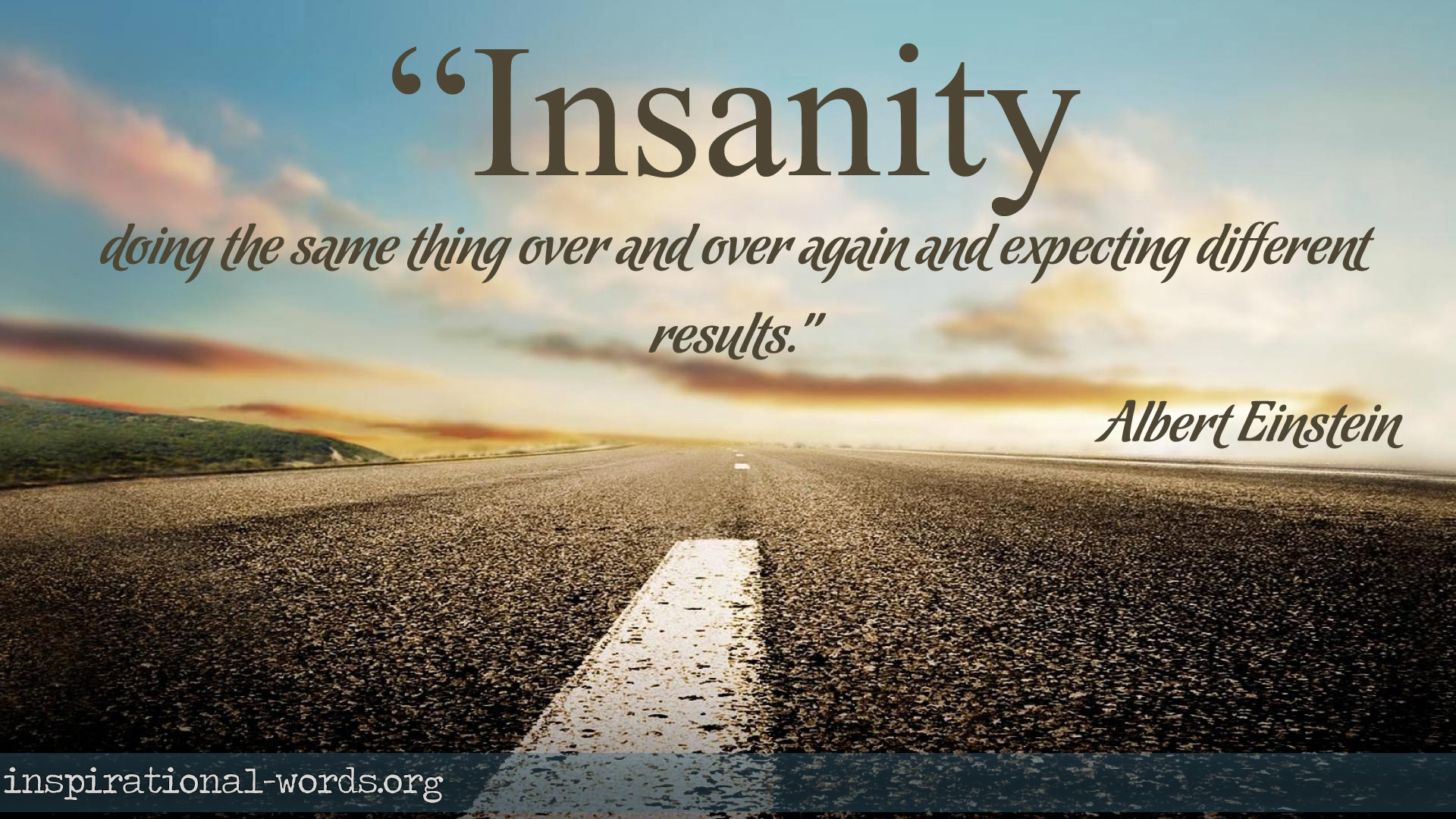The Batsheva Dance Company, founded by Martha Graham and Baroness Batsheva de Rothschild in 1964, has been a benchmark of excellence in the world of contemporary dance. Under the artistic direction of Ohad Naharin from 1990 to 2018, the company developed a distinct style that blends elements of modern dance, ballet, and improvisation. At the heart of this style is the “Gaga” movement language, a unique approach to dance that emphasizes flexibility, spontaneity, and emotional expression.
Ohad Naharin’s Gaga technique is designed to help dancers connect with their bodies and release tension, allowing for a more fluid and natural movement quality. This approach is characterized by a focus on the inner workings of the body, encouraging dancers to listen to their internal rhythms and respond to their surroundings in a more intuitive way. By letting go of traditional notions of beauty and perfection, dancers are able to tap into a deeper sense of expression and authenticity.
One of the key principles of Gaga is the concept of “softness.” This refers to the ability to release tension and allow the body to move freely, without resistance or restraint. Dancers are encouraged to imagine that their bodies are filled with a soft, pliable material that can be molded and shaped by their movements. This approach helps to eliminate unnecessary tension and promotes a more efficient use of energy, allowing dancers to perform complex movements with greater ease and precision.
Another important aspect of Gaga is the emphasis on “texture.” This refers to the quality of movement, including its speed, dynamics, and emotional resonance. Dancers are encouraged to experiment with different textures, ranging from smooth and fluid to rough and turbulent. By varying the texture of their movements, dancers can create a rich and nuanced vocabulary of expression, conveying a wide range of emotions and ideas.
In addition to its technical aspects, the Batsheva Dance Company’s style is also characterized by a deep sense of emotional intensity and vulnerability. Dancers are encouraged to tap into their own personal experiences and emotions, using these as a source of inspiration and fuel for their movements. This approach helps to create a sense of authenticity and connection with the audience, drawing viewers into the world of the dance and inviting them to share in the emotional journey of the performers.
The company’s repertoire is diverse and eclectic, reflecting the wide range of influences and inspirations that have shaped its style. From the intense, driving rhythms of Naharin’s “Deca Dance” to the lyrical, poetic beauty of his “Minus 16,” each work is a unique and captivating expression of the Batsheva aesthetic. Whether performing in Israel or on tour around the world, the company consistently delivers powerful, moving, and deeply human performances that leave audiences spellbound and inspired.
For dancers interested in exploring the Batsheva Dance Company’s style, there are several key elements to focus on. First and foremost, it is essential to develop a strong foundation in modern dance technique, including a thorough understanding of principles such as alignment, balance, and movement quality. Dancers should also be familiar with the basics of improvisation, including the ability to respond spontaneously to music and movement cues.
In terms of specific techniques, dancers can benefit from practicing exercises such as “Gaga walks,” which involve moving through space with a soft, relaxed quality, and “ texture exercises,” which involve experimenting with different dynamics and emotional expressions. Dancers should also be prepared to work with intense physicality and emotional vulnerability, using their own experiences and emotions as a source of inspiration and fuel for their movements.
Ultimately, the Batsheva Dance Company’s style is a unique and powerful expression of the human spirit, one that combines technical mastery with emotional depth and vulnerability. By embracing the principles of Gaga and exploring the company’s rich and diverse repertoire, dancers can tap into a world of creative expression and connection, one that has the power to inspire and transform audiences around the world.
The Batsheva Dance Company's style is a testament to the power of dance to express the human experience. By combining technical mastery with emotional intensity and vulnerability, the company has created a unique and captivating aesthetic that continues to inspire and influence dancers around the world.
Historical Context: The Evolution of the Batsheva Dance Company
The Batsheva Dance Company was founded in 1964 by Martha Graham and Baroness Batsheva de Rothschild, with the goal of creating a professional dance company that would showcase the best of Israeli dance. Over the years, the company has undergone significant changes and developments, with various artistic directors shaping its style and repertoire.
One of the key figures in the company’s history is Ohad Naharin, who served as artistic director from 1990 to 2018. Naharin’s tenure was marked by a significant shift in the company’s style, as he introduced the Gaga movement language and encouraged dancers to explore new ways of moving and expressing themselves.
Today, the Batsheva Dance Company is recognized as one of the leading dance companies in the world, known for its unique and captivating style, as well as its commitment to innovation and creativity. With its diverse repertoire and talented dancers, the company continues to inspire and influence audiences around the world.
Technical Breakdown: The Principles of Gaga
Gaga is a movement language that emphasizes flexibility, spontaneity, and emotional expression. The technique is based on several key principles, including:
- Softness: The ability to release tension and allow the body to move freely, without resistance or restraint.
- Texture: The quality of movement, including its speed, dynamics, and emotional resonance.
- Imagination: The use of imagination to create vivid mental images and to inspire movement.
- Sensation: The focus on physical sensations, such as touch, weight, and texture, to inform and guide movement.
By applying these principles, dancers can create a rich and nuanced vocabulary of expression, conveying a wide range of emotions and ideas.
FAQ Section
What is the Batsheva Dance Company's style?
+The Batsheva Dance Company's style is a unique blend of modern dance, ballet, and improvisation, characterized by a focus on flexibility, spontaneity, and emotional expression.
What is Gaga?
+Gaga is a movement language developed by Ohad Naharin, which emphasizes flexibility, spontaneity, and emotional expression. The technique is based on several key principles, including softness, texture, imagination, and sensation.
How can I learn the Batsheva Dance Company's style?
+To learn the Batsheva Dance Company's style, it is essential to develop a strong foundation in modern dance technique and to familiarize yourself with the principles of Gaga. You can also take classes or workshops with experienced teachers or attend performances by the company to gain inspiration and insight.
Decision Framework: Choosing the Right Dance Style
When deciding which dance style to pursue, there are several factors to consider. Here are some key questions to ask yourself:
- What are my goals? Are you looking to improve your technical skills, express yourself creatively, or simply have fun and stay active?
- What is my experience level? Are you a beginner, intermediate, or advanced dancer?
- What style of music do I enjoy? Do you prefer classical, contemporary, or popular music?
- What kind of movement do I enjoy? Do you like fast-paced and energetic movements, or slower and more lyrical ones?
By considering these factors and weighing your options, you can make an informed decision about which dance style is right for you.
The Batsheva Dance Company’s style is a unique and powerful expression of the human spirit, one that combines technical mastery with emotional depth and vulnerability. By embracing the principles of Gaga and exploring the company’s rich and diverse repertoire, dancers can tap into a world of creative expression and connection.



